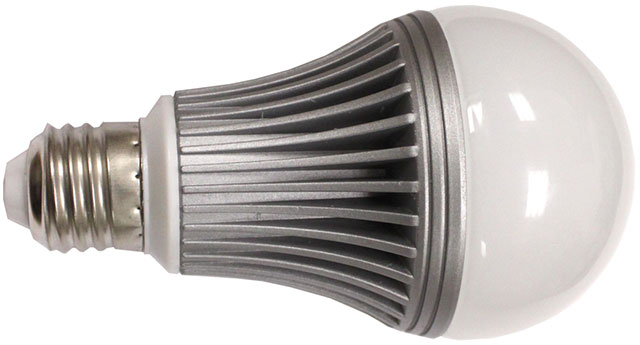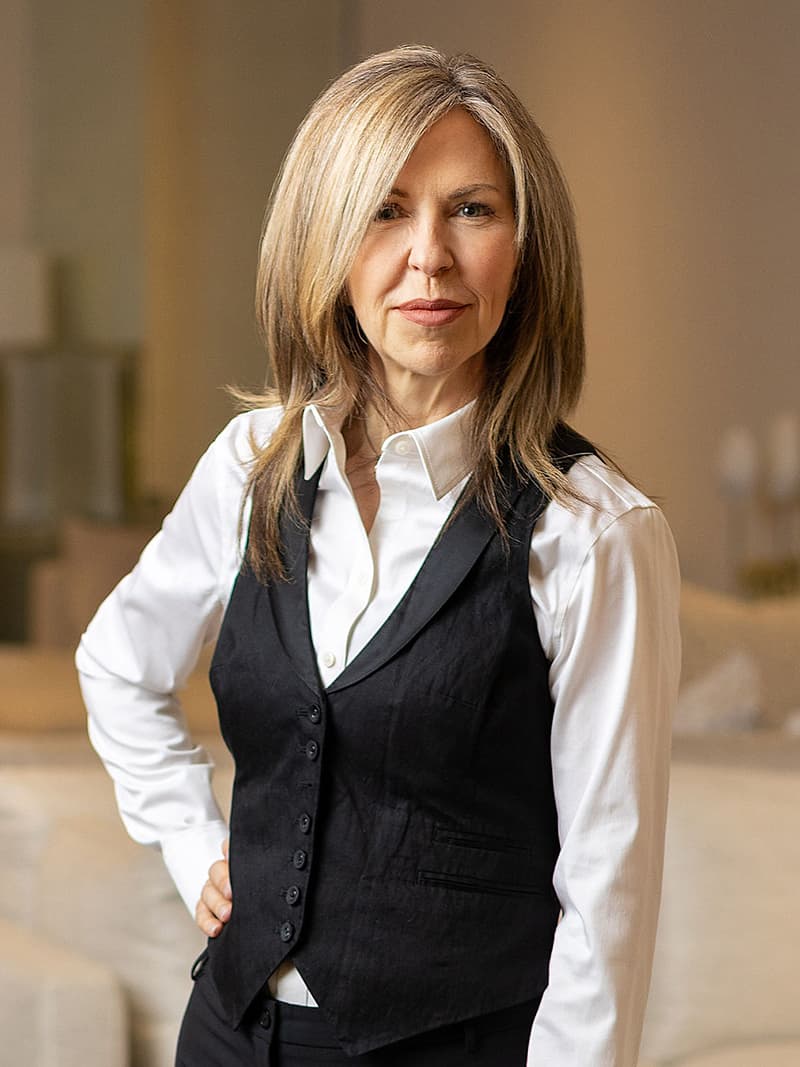
To begin with, in case you don’t know, LED stands for light-emitting diode.
Most of the adult population is unaware that the familiar incandescent bulbs they have grown to love so dearly are actually being phased out as LED bulbs gain traction. As the battle of LEDs and incandescent bulbs marches on, the general population continues to be leery of the new LED bulbs and is fond of the warm light and reliability that comes with their incandescent bulbs. Not to mention, those on the frugal side like the cheap price and readily available supply of incandescent bulbs.
Why pick LED?
It used to be that you could pay upwards of $35 per LED bulb. Although we were promised they would last forever and be worth every penny in the long run, most homeowners weren’t ready to shell out that much on light bulbs, no matter how long they last. But today, thanks to many factors, the cost has gone down. Supply and demand, more efficient production processes and incentives from both the production end as well as energy suppliers have contributed to the drop in price.
Consumers are now able to pick-up most makes and models for around $10. Combine this with the fact that most LED bulbs now last for an average of 50,000 hours, how could you go wrong? This is in stark contrast to the average of 1,000 hours a homeowner would be getting from an incandescent bulb.
Quick stats:
- LEDs use approximately one sixth the amount of energy that an incandescent bulb uses.
- LEDs can last up to 25 percent longer than their previous counterparts
- In terms of brightness, LEDs are now comparable with incandescent
- Most LED models can now dim on most switches
In the long run LEDs are the most cost effective and energy efficient bulb. If you haven’t already made the switch, now might be the time!

